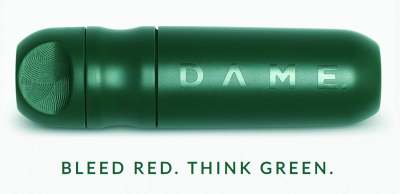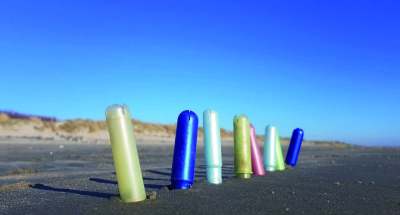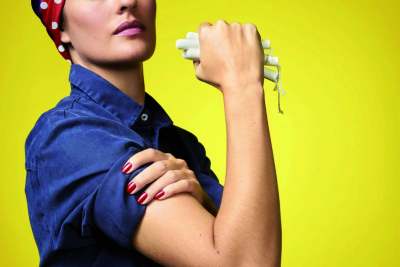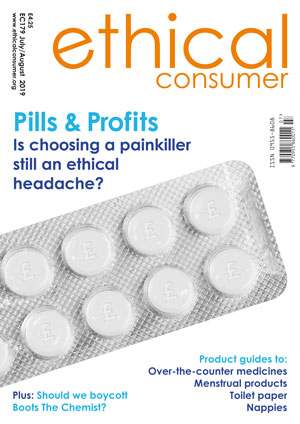You'll notice that the score table in this guide is no longer displaying. This is because the guide is over 5 years old and the scores were out of date. We have a programme of reviewing guides to schedule updates and this one is under consideration.
Shopping guide to sustainable period products
- We give you the low-down on the different eco-friendlier reusable options out there as well as some advice from you, our very own reusable-using readers.
- We understand that reusables are not for everyone. We have found plenty of organic and pure cotton disposable options that are cutting out the plastic and avoiding harmful chemicals.
- We explore some of the wider issues such as the tampon tax, period poverty and the taboo around periods, looking at whether the brands on our table are doing anything to tackle these issues.
There has been a revolution taking place in the world of sanitary products.
This is thanks to both an increased awareness of the impacts our purchases have and the fact that it is becoming more acceptable to actually acknowledge the fact that many of us humans do actually bleed from our vaginas once a month.
More and more women are now turning away from the toxin-laced, plastic-filled pads and tampons that, after potentially contaminating our bodies, go on to do to just the same to the environment. To the conscientious menstruator, it’s now all about reusables.
Better for your pocket. Better for your person. Better for the planet. Better, period.






